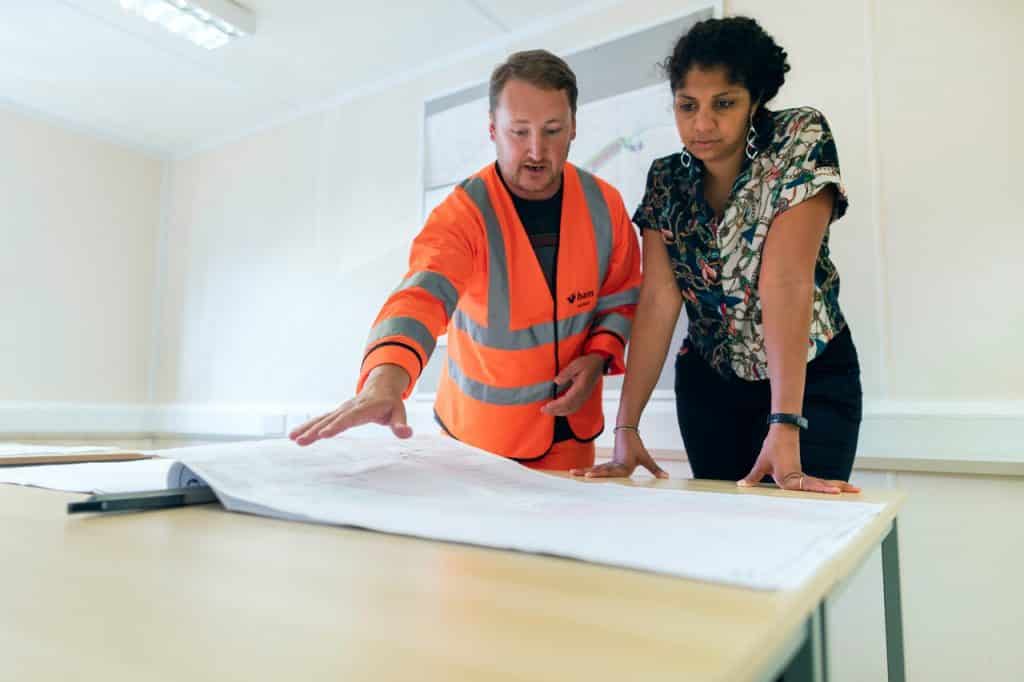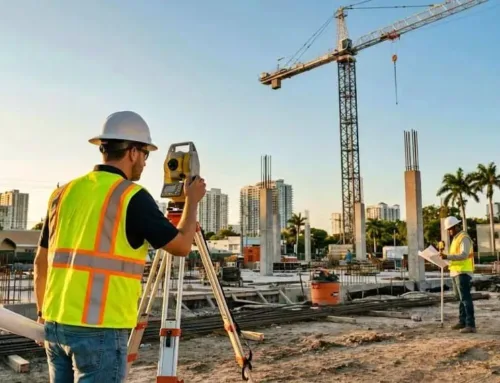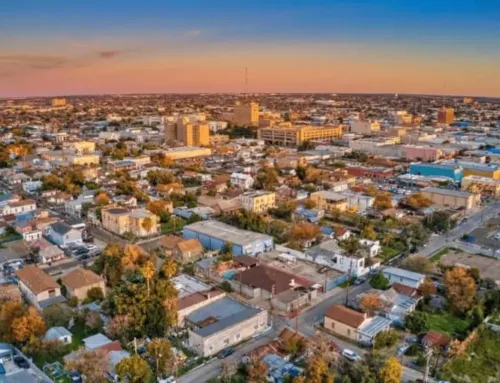The Earth has over 57,308,738 square miles of land. You might think that there is an infinite amount of land, but in reality, only 24,642,757 square miles are available for humans to live. For that reason, land planning developers must carefully manage their projects. With the limited supply of land, land planning is critical to developing habitable space and sustaining future growth. If you want to learn more about land use planning, here are a few essential points to consider.
Do you need assistance with title services, land surveys, or zoning? At Millman National Land Services, we have the expertise to help with those vital steps in the commercial land development process.
What Is Meant by Land Use Planning?
Land use planning is an effort to develop and approve a land-based project. A given governmental entity often regulates these projects. Land use planning is the basis for zoning laws that restrict certain developments to protect the environment. Along with that, land use planning helps promote social engagement, enhance the community, conserve resources, and provide considerations for economic, industry, and transportation needs.
Related: How Much Is An Acre Of Land?
Why Is It Necessary?
Within every community, several interests compete for the resources of the community. Land-use planning can help community leaders to allocate some of those resources and establish policies to help facilitate the best land development that benefits the residents.
Without a proper land-use plan, communities and cities would be disorganized. Industrial plants would pollute the air and water. Municipalities would not have sidewalks. Transportation would not run efficiently. The economy would struggle. Plus, the environment could be damaged, leaving the land usable for future residents.
You might know it, but land planning has been used since ancient times. As people moved from small tribes to large metropolitan areas, land-use planning became essential for everyday life. Remnants of land planning can be found in the ruins of Rome, Greece, Egypt, and Mexico. Ancient people understood the need to have areas established to work, shop, and live.
By the 1900s, critical land-use planning was needed in the United States. Poor planning leads to industrial cities suffering from spreading diseases and higher crime rates. Proper land-use planning allows communities to make space essential for the development and usability of these areas of land.
Related: Boundary Surveys: When Should You Request One
What Are the 5 Elements of Land Use Planning?
With rural communities and urban cities, there are several types of land use planning. The five elements of land use planning include:
Recreational – This type of space is used for recreational activities, such as golf courses, sporting fields, swimming fields, fishing ponds, playgrounds, and parks.
Transportation – This land includes highways, interstates, trains, bus stops, light rails, airports, and other grounds needed for transportation needs. Airports, subway stations, and bus stations are part of this zoning type.
Agricultural – With this land, crops can be grown and harvested. This zoning includes the field of livestock, farming buildings, and other farm activities. These regulations can dictate the number of animals kept on the land, the type of crops raised, and the pest control measures for the area. Water rights and other restrictions are part of this category.
Residential – This zoning is based on the hype of housing and the allowed density in specific areas. Land-use planning can range from multi-use complexes to single-family residences.
Commercial – This zoning allows for warehouses, restaurants, office buildings, and other commercial businesses in a particular area. Within this category, there are separate sub-designations that place restrictions on the commercial activity in the area.
What are the seven types of land use? Well, in addition to the above uses, railway land uses and open land uses are often placed in their own categories.
There are also additional categories for tourism, public use buildings, and hospitals. By zoning these spaces, developers can manage the community resources for these areas.
The Land Development Planning Process
From land acquisition and completion, it can take several years for a project to finish. The land-use planning process is the first step of the project. There are several steps with land use planning, including:
- Feasibility studies and marketability analysis
- Securing land rights
- Environmental assessment
- Surveys
- Creating development plans
- Obtaining permit
- Financing
Before the ground breaks on the project, these activities must happen.
If you want to make a land development plan, you need to rely on an experienced land-use planning firm. These firms will consider several factors such as the accessibility to utilities, zoning, easements, and other constraints. They will also inspect the land for any environmental problems or hazards.
During this stage, the planning firm can determine whether there will be a cost increase in potential delays, the marketability of the development, and make impact studies. Along with that, the firm created the community master plan with a review timeline. The firm will obtain permits for the work. A development firm also helps with the logistics management and site plans, construction details, and breakdown of all costs.
Related: What You Need To Know About Commercial Due Diligence
What Are the Three Ingredients for Land Use Planning?
If you want effective land use planning, you need to include three essential ingredients in those plans. They have politics, ideology, and techniques. Politics include participation, priorities, and loss in the community. Ideology covers the culture, interests, and needs of those residents. Finally, the technology encompasses the tools, skills, and methods for land use planning.
All of these factors will affect the land use planning process. As the land use planning company develops these plans, they must consider the residents’ lifestyles, transposition needs, community improvements, energy conservation, and green technology.
How Much Does a Land Development Plan Cost?
A land development plan will vary based on the scope of the project. However, hiring an experienced land use planner will save you money and time. These professionals ensure the success of your project by minimizing costs during due diligence.
A land-use planning professional can develop realistic plans, help with the permitting process, and manage surveys, tests, and site analysis. Along with that, your project can stick to the deadlines as you maximize the land use for your development. Don’t forget that a land-use planner can assist with coordination between contractors, regulatory agencies, utilities, and other entities.
Final Word
Land use planning is a vital part of the development process. Before starting a project, you need to be family with local ordinances and zoning laws. By hiring a professional, you will have a more efficient and cost-effective option to develop the next community center or another construction project. Land use planning is more than taking a few measurements. It helps to ensure that the land is sustainable for future generations.
Are you searching for a professional to survey your development, help with zoning, or other matters? We have 20 years of experience assisting with commercial land usage at Millman National Land Services. Contact us to learn more today.










